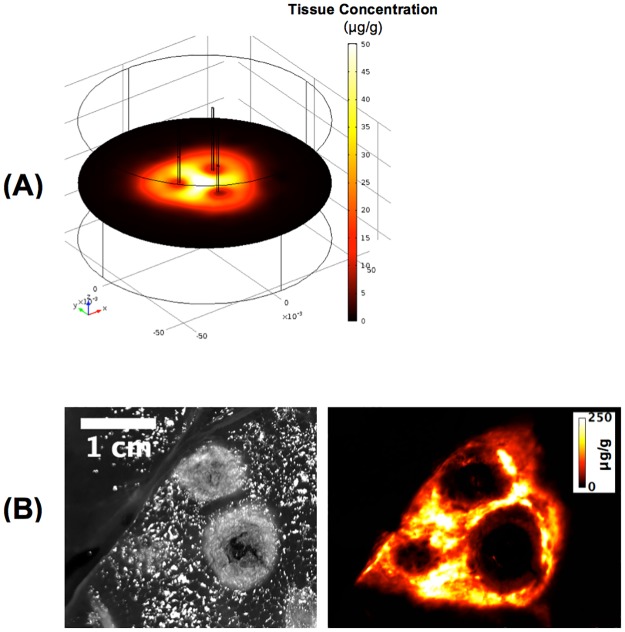Fig 6. Heating with multiple RF electrodes.
(A) 3-D computer model results for three-electrode array, where a 12-min ablation was performed with each needle sequentially to emulate clinical treatment of a large tumor by multiple overlapping ablations. Drug delivery is enhanced in tissue regions that were exposed to hyperthermic temperatures by more than one heating cycle, i.e. the areas in-between the RF needles. This observation is clinically relevant, as this preferential delivery may prevent tumor recurrence in untreated tumor regions that remain when sequential ablations are not overlapping. (B) A prior in vivo study demonstrates a similar drug delivery pattern with enhanced uptake in-between electrodes after three sequential ablations (3 x 12 min) [31]. Left image shows the visible coagulation zone, right image shows drug fluorescence. This prior study used smaller electrodes (resulting in smaller ablations), and used a ~2.3 times higher TSL-Dox dose (1.43 mg/kg), than the current study, explaining the substantially higher tissue drug concentration. (images in (B) produced base on prior data [31]).

